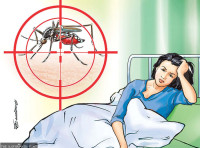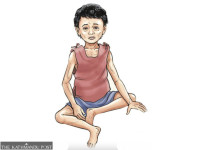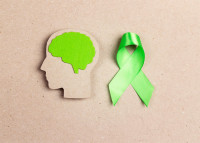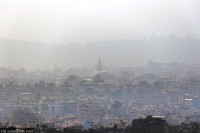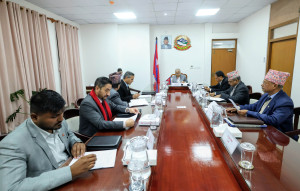Health
Dengue has killed 4 and infected 5,874 since January
Officials say risk is not over yet, as post monsoon is a peak dengue season.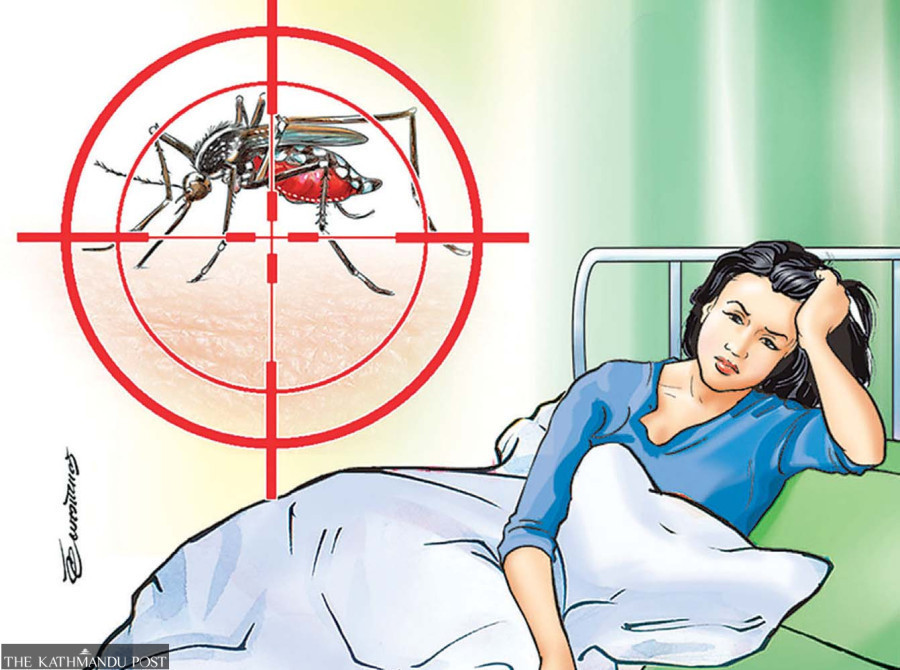
Post Report
At least four people died and 5,874 others have been infected with dengue virus that has spread to 75 districts of the country since January.
Both deaths and infections recorded so far are fewer compared to previous years, but experts say that the risk of a massive outbreak has not subsided, as post monsoon, which is the peak dengue season, has just started.
“The risk of a dengue surge is not yet over, as over 12,000 people were infected last October,” said Dr Gokarna Dahal, chief of the Vector Control Section at the Epidemiology and Disease Control Division. “We urged everyone to take necessary precautions to avoid infections.”
Dengue is a viral disease transmitted by female Aedes aegypti and Aedes albopictus mosquitoes. According to the World Health Organisation, the same vector also transmits chikungunya, yellow fever, and the Zika virus.
In 2024, 15 people died, and 41,865 others were infected as the virus spread to 76 districts. In 2023, 88 persons died and more than 54,000 were infected by the virus, which had spread to all 77 districts. At the time, hospitals in Kathmandu Valley were overwhelmed with dengue patients, and pharmacies had run out of paracetamol, the most widely used medicine for treating fever.
Experts say reported cases may represent only a small fraction of the true scale of infection, as around 90 percent of the infected people are asymptomatic, and many deaths and infections often go unreported.
Many people infected with dengue show only mild symptoms, which do not need any treatment or can be managed with paracetamol at home.
Officials say multiple factors may have contributed to fewer cases this year. Continuous awareness drive against the dengue infection since 2022, infection by a single serotype of the virus, and changes in rainfall patterns like continuous rain or halt in rain for a long time, or excessive rainfall, may have washed away the mosquito larvae.
Health agencies had conducted awareness campaigns and larvae search and destroy drives for months across the country since the start of the monsoon. The Kathmandu Metropolitan City had deployed its health workers to inspect Singha Durbar, the central secretariat of the federal government for potential dengue mosquito breeding grounds. Health workers had found stagnant water and Aedes mosquito larvae in discarded tyres, plastic cups, bottles, and dumped toilet commodes in almost all offices.
“Perceived severity, which means, those who were infected in the past might have taken precaution to avoid infection again also could have contributed positively this time,” said Dahal. “But still the risk is not yet over and vigilance is needed from all to avoid infections.”
Doctors say dengue became endemic in Nepal years ago, meaning people get infected throughout the year. Dengue mosquitoes breed in clean water and bite during daytime. Uncovered water tanks and discarded objects such as plastic cups and bottles can serve as breeding grounds.
The health ministry had anticipated over 60,000 cases of dengue infection in the worst-case scenario within October, but the number of cases so far remains much lower.
Symptoms of the disease include mild to high fever, severe muscle pain, rashes, severe headache and pain in the eyes, among other things. Doctors advise those with these symptoms to seek immediate treatment. While there is no specific cure for the disease, early detection and access to proper medical care can lower fatalities.
Nepal reported its first dengue case in a foreigner in 2004 in Chitwan district. Since then, an increasing number of dengue infections, including major outbreaks, have been reported from many districts.
The World Health Organisation says there is no specific cure for severe dengue, but early detection and access to proper medical care can save lives.




 13.12°C Kathmandu
13.12°C Kathmandu

